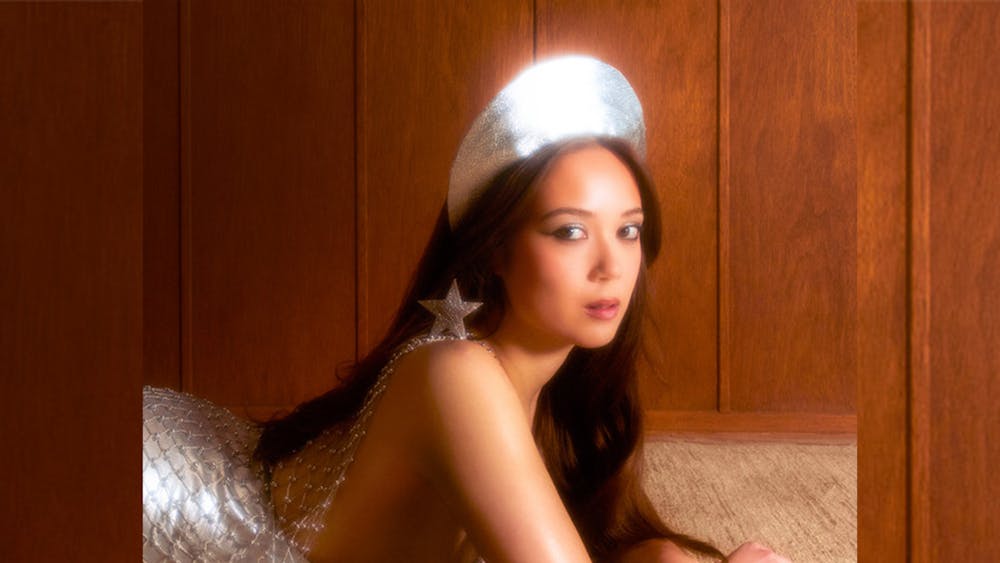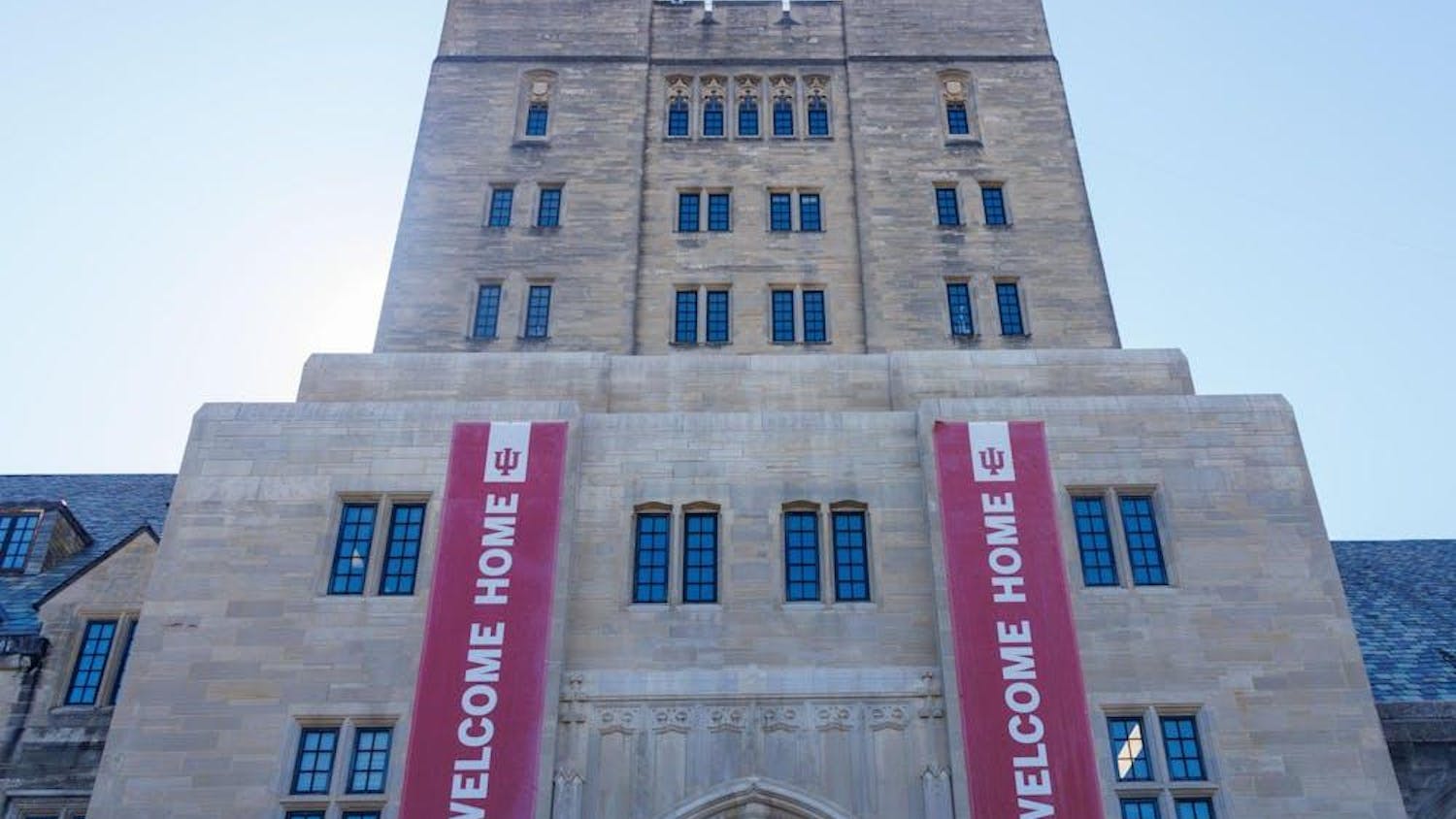Does God exist? Why do people believe in God without any concrete evidence that he or she exists? On the other hand, why are those who do not believe in God so quick to discount phenomena that science cannot explain? And how do such beliefs -- or lack thereof -- manifest themselves socially? Politically? How can God both polarize and unite? Can differences in religion be bridged without judgment?\nAnd what if faith was proved? And what if it was proved not by happening the way it was expected (like say, the rapture) but by being just different enough that it unnerves the faithful, as though God may have overlooked a loophole in his own creation?\nEric Pfeffinger's "Accidental Rapture" brings up such questions, and no, he doesn't answer them -- not easily, anyway. The play, which opened this past weekend at the Bloomington Playwrights Project, provides a timely look at a subject pervading American life, yet which few Americans seem to know how to talk about or be comfortable with.\nDirector Kris Lee exhibits great instincts in handling a script the reaches out so far; He pulls it all in and keeps the script squarely focused on his seven actors. \nBy keeping the religious conflict between atheist couple Amy and Paul, played by Danielle Bruce and junior Doug Burbank, and conservative Christian couple Kim and Richard, played by sophomore Justina Batchelor and junior Evan Frederick, confined to just the circumstances of the stage, Lee makes their struggles more personal. He avoids cheapening any empathetic possibility by trying to impose a parallel but, rather, lets the audience find it for themselves. \nThe set designer, Bruce, continued to showcase the flexibility of the black box theater that the BPP has so excellently done this season. The set encompasses seven playing areas, most of which contain action occurring in both the past and present, reinforcing what too often goes to the wayside in religious battles: There's always a person with a story before there's a person with a belief.\nThe show requested the audience leave the playing space during intermission. While out, the set was stripped almost completely bare. The beds were stripped, CDs were emptied from the CD rack and nothing was left in the kitchen. Only the fleshy colors of the set remained: subdued yellow, red and purple, and the brown, beige and tan furniture.\nThe effect was stirring. Where were we? In heaven? In hell? Between? The show visually denied a comfortable place to situate its actors, heightening the possibility of an empathetic experience with the actors as people, no matter their religious beliefs. \nThe show occasionally bobbled its subject matter. Though some scenes were firmly anchored by believable relationships, other scenes lost their thematic weight as they lost connections between the actors. Lighting was also an issue. The playing space literally ran right up to the audience seating. Scenes such as Lydia, played by Renee Reed, re-enacting her training video around the perimeter of the audience, often placed her in dark spots obscuring her face.\nBut such things are forgiveable. The artistic and performative investment displayed in the show creates enough excitement to let the flaws fall away. And the ending ... go see it.\n"Accidental Rapture" continues through Dec. 18. Shows begin at 8 p.m. Thursdays through Saturdays and at 2 p.m. Sundays. Tickets are $15 for general admission, $12 for students and seniors, and $5 for student rush beginning five minutes before the show. Call 355-9001 for reservations.
Exploring the 'Accidental Rapture'
Get stories like this in your inbox
Subscribe





